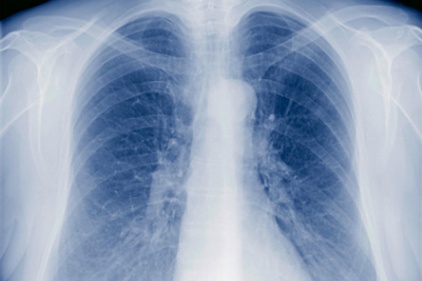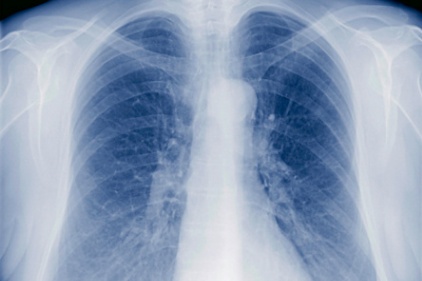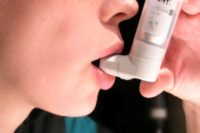 With asthma rates much higher among low-income minority families, the Obama administration has announced a Coordinated Federal Action Plan to Reduce Racial and Ethnic Asthma Disparities.
With asthma rates much higher among low-income minority families, the Obama administration has announced a Coordinated Federal Action Plan to Reduce Racial and Ethnic Asthma Disparities.
Nearly 26 million Americans are affected by the chronic respiratory disease, including 7 million children -- especially minority children and children with family incomes below the poverty level. Asthma rates of African American children are currently at 16 percent, while 16.5 percent of Puerto Rican children suffer from the chronic respiratory disease, more than double the rate of Caucasian children in the United States. The annual economic cost of asthma, including direct medical costs from hospital stays and indirect costs such as lost school and work days, amounts to approximately $56 billion.
“Across America we see low-income and minority children and families at a disproportionately higher risk for asthma and respiratory illnesses. Air pollution and other challenges are having serious health effects, which compound economic challenges through medical bills and missed school and work days,” said EPA Administrator Lisa P. Jackson, who has a child with asthma.
“Low-income and minority communities often face an unacceptable burden of pollution in this country, diminishing their economic potential and threatening the health of millions of American families,” said Nancy Sutley, Chair of the White House Council on Environmental Quality.
“The report is a blueprint for how we can work together to reduce asthma disparities and help ensure children with asthma get the right care with the right support,” said Secretary Sebelius. “One key factor that is so critical to controlling a child’s asthma is access to health care. Uninsured people with asthma are less likely to take the preventive medicine they may need to keep their condition under control, making them more likely to suffer an attack. That’s why we are focused on expanding access to care.”
The action plan will coordinate efforts to improve asthma management and prevention:
- Reduce barriers to asthma care: Ensure that the populations most severely impacted by asthma receive evidence-based comprehensive care, which includes access to medical services, education and environmental interventions.
- Build local capacity: Enhance capacity to deliver integrated, community-based asthma care systems.
- Target services: Identify the children, families and communities most impacted by asthma disparities.
- Accelerate prevention efforts: Increase understanding of the cause or causes of asthma and test interventions that may prevent the onset of asthma.
More on the action plan: www.epa.gov/childrenstaskforce


